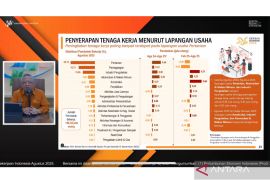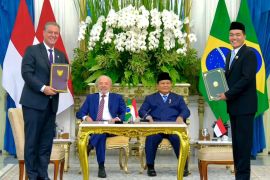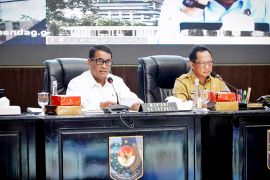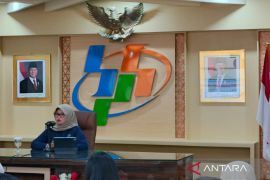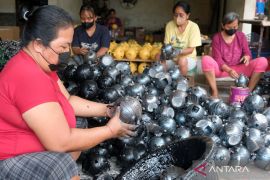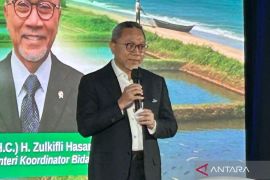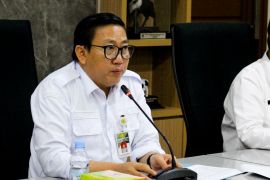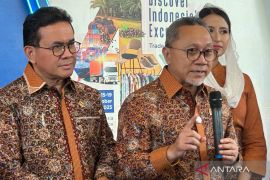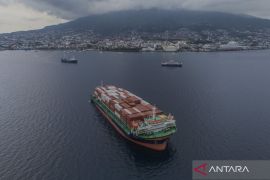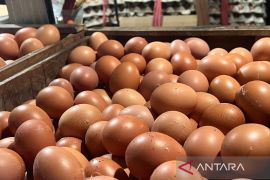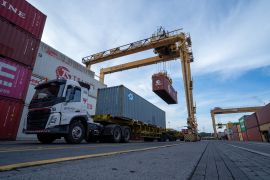He noted that during the period, the countrys agricultural exports reached US$22.20 billion, while its imports were recorded at US$9.17 billion.
"The surplus in the balance of agricultural trade is chiefly contributed by the plantation sub-sector, reaching US$19.44 billion," he added while presenting the food and agriculture outlook for 2014 and reflection of 2013.
Palm oil is the main commodity that recorded the biggest surplus and contributed up to US$12.6 billion worth of foreign exchange, followed by rubber US$5.26 billion, coffee US$917.8 million, cocoa US$794.7 million, coconuts US$509.1 million, and pineapples US$110.7 million, he emphasized.
Meanwhile, the other key export commodities include corn, processed nuts, processed soybeans, green nuts, processed cassava, fresh cabbage, mushrooms, chili, ginger, and live pigs.
Suswono added that the other agriculture sub-sectors such as, food crops, horticulture, and animal husbandry still suffered a deficit in exports.
In the food crops sub-sector, Indonesia suffered a deficit of US$3.8 billion with its exports reaching only US$104.5 million, while its imports totaled US$3.97 billion, he remarked.
In the animal husbandry sub-sector, the country experienced a deficit of US$1.66 billion this year, with imports recorded at US$2.06 billion and exports at only US$401.7 million.
Meanwhile, the deficit in the horticulture sub-sector was recoded at US$876.9 million with the countrys exports reaching only US$303.5 million, while imports at US$1.18 billion.
Regarding macro-growth in the national agriculture sector during 2013, the minister stated that the Gross Domestic Product growth in the third quarter was recorded at 3.27 percent or lesser than the target set at 3.90 percent.
Until the third quarter, both domestic and foreign investments in the sector were still far below the target or even lower than the realization in 2012.
In 2013, foreign investment in the agriculture sector was worth US$1 billion or 9 percent of the target set at US$10.1 billion, while domestic investment was recorded at Rp4.02 trillion or 1.55 percent of the target set at Rp259.4 trillion this year.
Regarding employment, Suswono informed that the agriculture sector had employed a total of 38.07 million workers until August 2013.
"In 2013, development in the field of agriculture faced several strategic challenges such as, agricultural land conversion, limited land availability for expansion, and inadequate infrastructure, especially irrigation networks and means of transportation," he noted. (*)
Editor: Heru Purwanto
Copyright © ANTARA 2013
